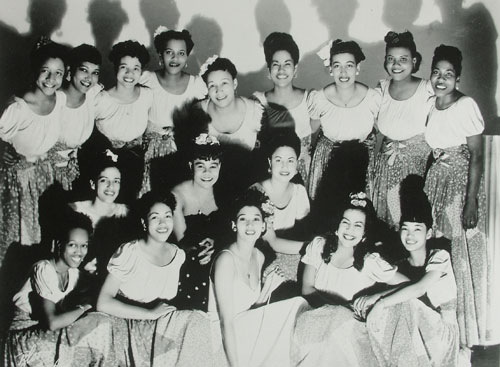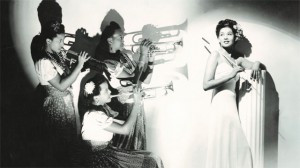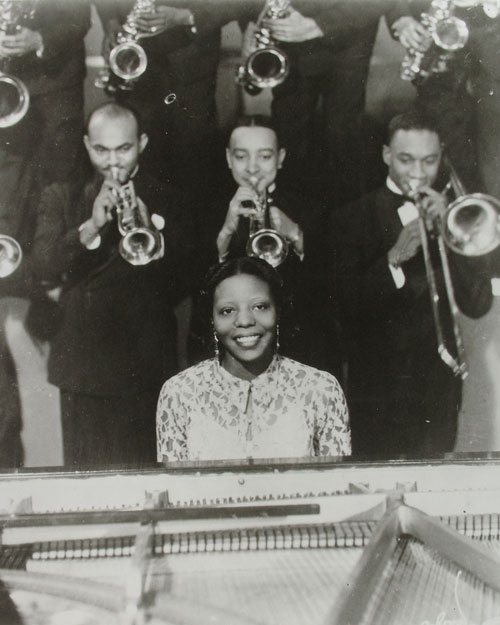12 Years a Slave, which has grossed more than $35 million in the United States, demonstrates that there’s a market for films that narrate this country’s most egregious historic ills. The history of sexism in jazz may sound like a minor footnote in American culture, but in Judy Chaikin’s documentary, The Girls in the Band, it becomes a larger-than-life story — one that explains how female instrumentalists in jazz from the 1930s onward faced widespread stereotyping and discrimination. Careers were lost. Lives were altered. The women only wanted to play good music, and some of them did at a very high level.
It’s a side of jazz music that had almost been forgotten until Chaikin finished her movie. “I’d say 90 percent of the jazz musicians working today know absolutely nothing about any of these historical women,” says Chaikin, who worked on the documentary for eight years.
The Girls in the Band opens Friday, January 17, 2014 at the Opera Plaza in San Francisco, Grand Lake Theatre in Oakland, and the Christopher B. Smith Rafael Film Center in San Rafael. The documentary covers the full arc of women in jazz and big-band music, starting in the 1930s and continuing to the present day. As a jumping-off point, the film revisits the famous 1958 photo called A Great Day in Harlem, which gathered the era’s top jazz musicians and posed them in front of a Harlem brownstone. For jazz afficionados, there’s no other photo like it. Thelonious Monk, Dizzy Gillespie, Lester Young — you name the musician, and he was there. But of the 57 jazz greats standing in Harlem, only three were women: pianists Marian McPartland and Mary Lou Williams, and singer Maxine Sullivan.

Chaikin’s film explains the paucity of women through interviews and indices of the times that seem shocking in the 21st century. Take the editorial from 1938 in Downbeat magazine, the bible of jazz music, that was headlined, “Why Women Musicians Are Inferior,” and contained this lead paragraph: “Why is it that outside of a few sepia females, the woman musician was never born capable of ‘sending’ anyone farther than the nearest exit? It would seem that even though women are the weaker sex, they would still be able to bring more out of a defenseless horn than something that sounds like a cry for help.”
Then there’s the story of how Dizzy Gillespie hired trombonist and composer Melba Liston to work with his big band in California, and then heard his big-band members say, “Man, what’d you got to send all the way to the West Coast to get some bitch to arrange our music for?”



